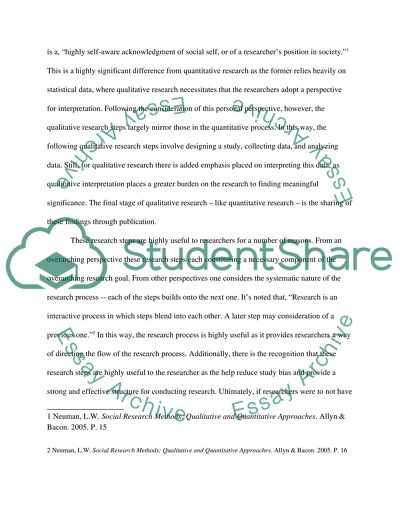Cite this document
(“Depends Essay Example | Topics and Well Written Essays - 1250 words”, n.d.)
Retrieved from https://studentshare.org/sociology/1458071-depends
Retrieved from https://studentshare.org/sociology/1458071-depends
(Depends Essay Example | Topics and Well Written Essays - 1250 Words)
https://studentshare.org/sociology/1458071-depends.
https://studentshare.org/sociology/1458071-depends.
“Depends Essay Example | Topics and Well Written Essays - 1250 Words”, n.d. https://studentshare.org/sociology/1458071-depends.


